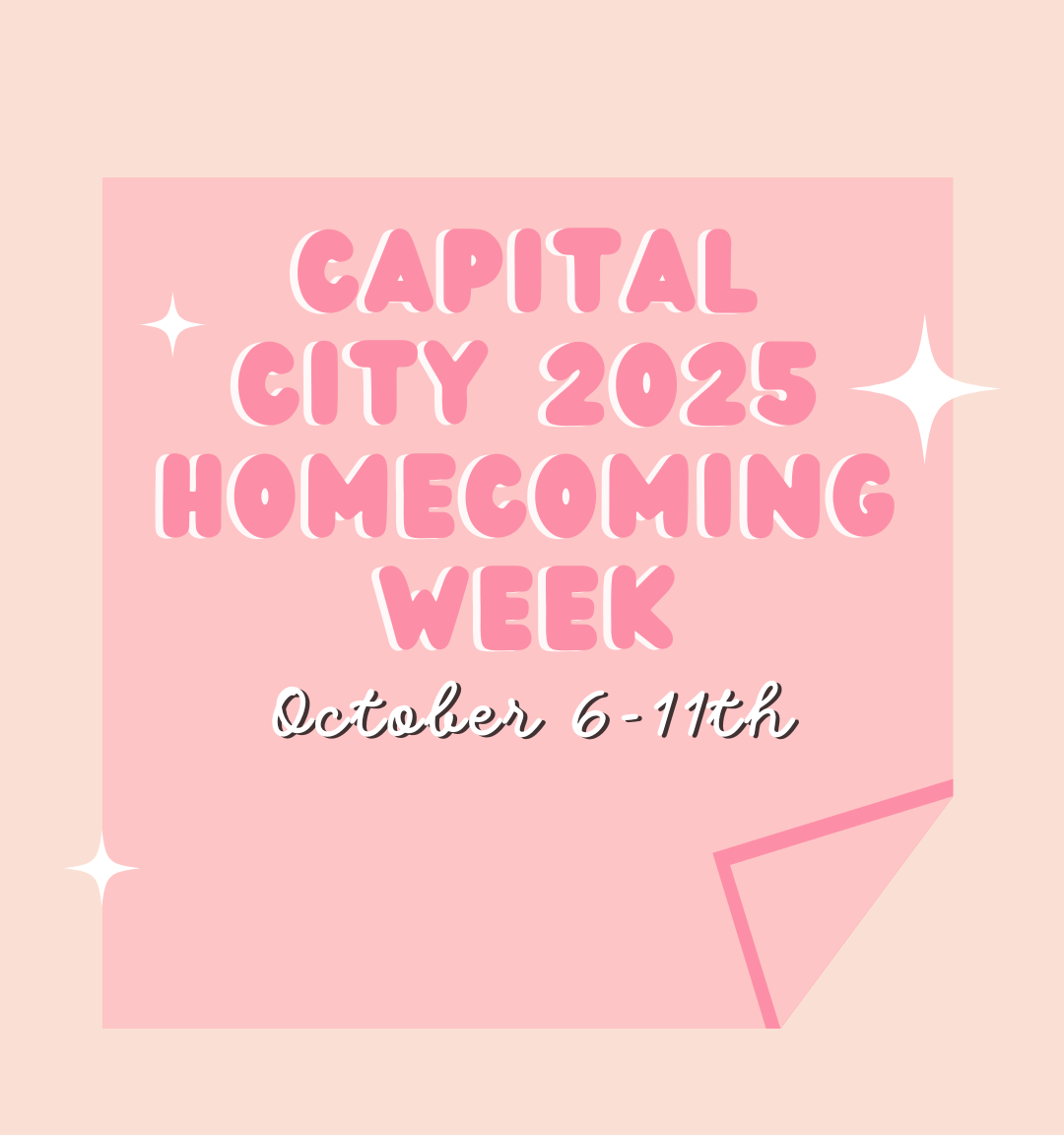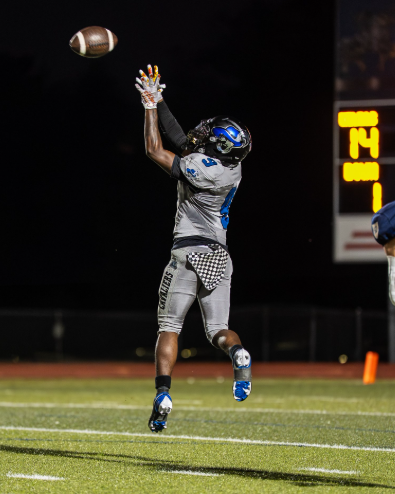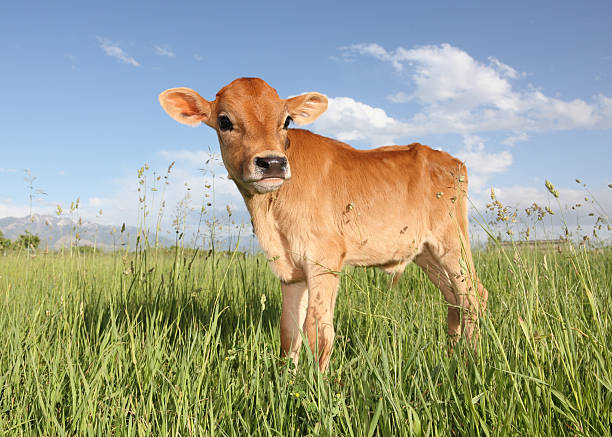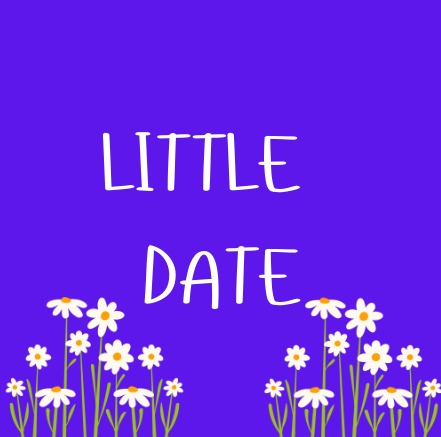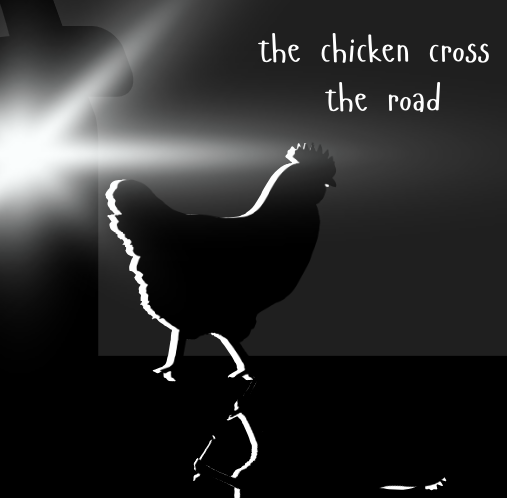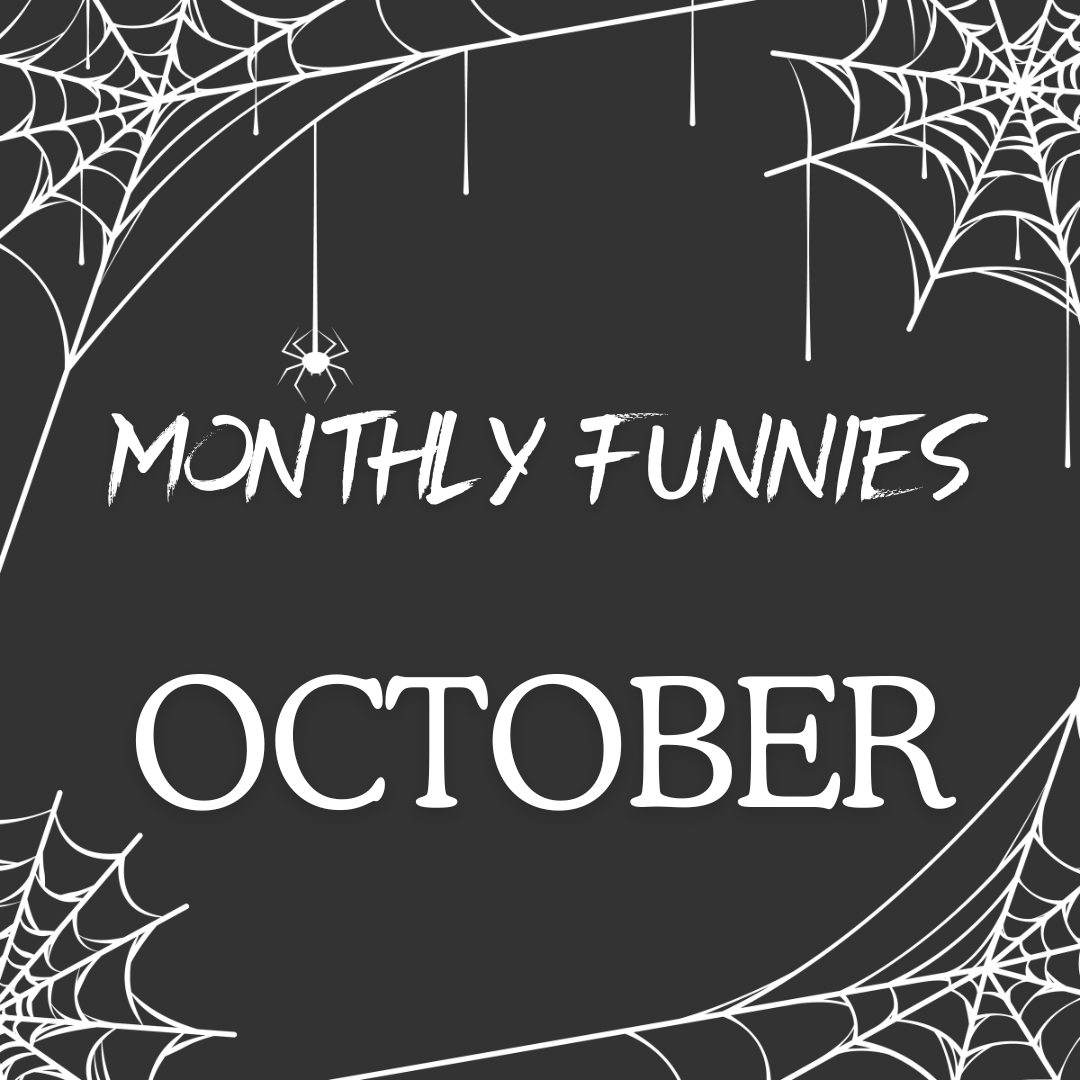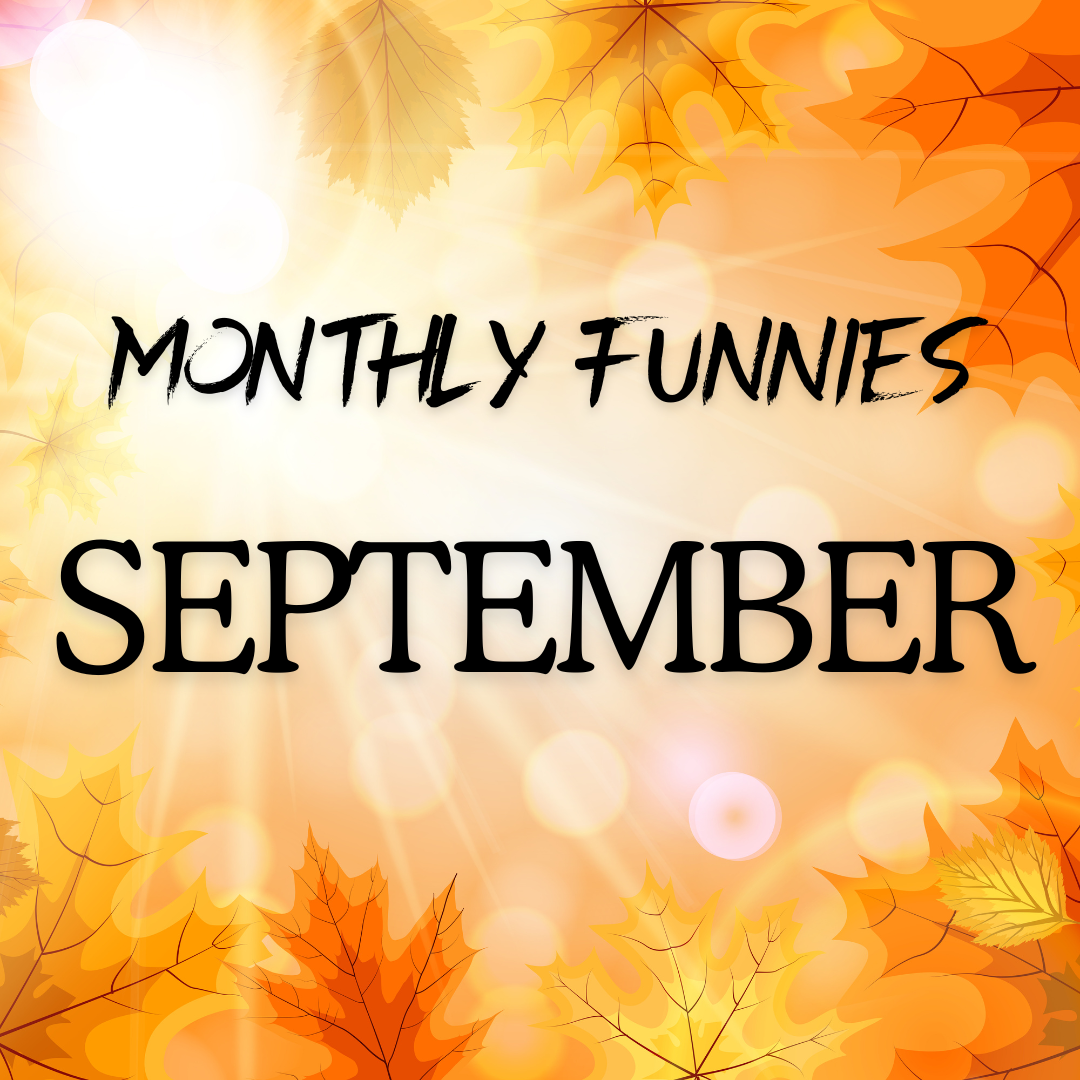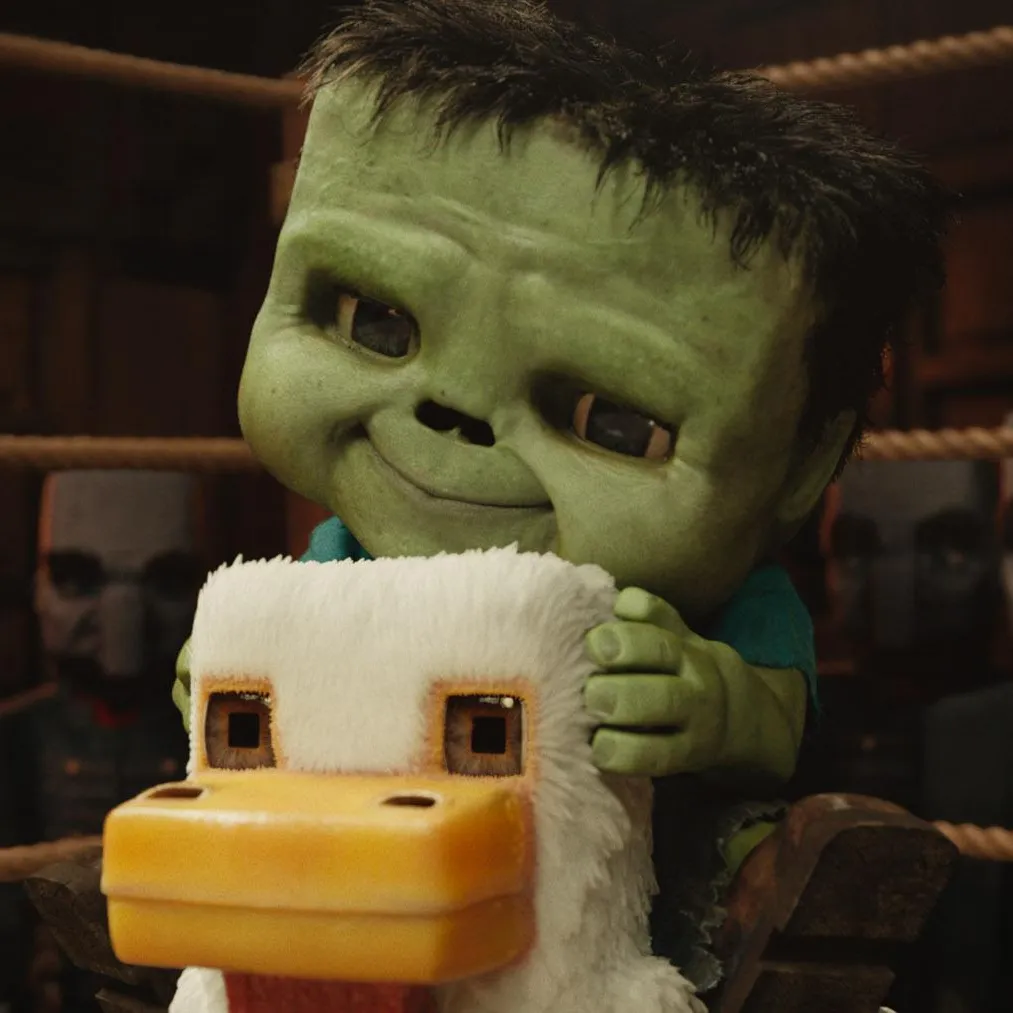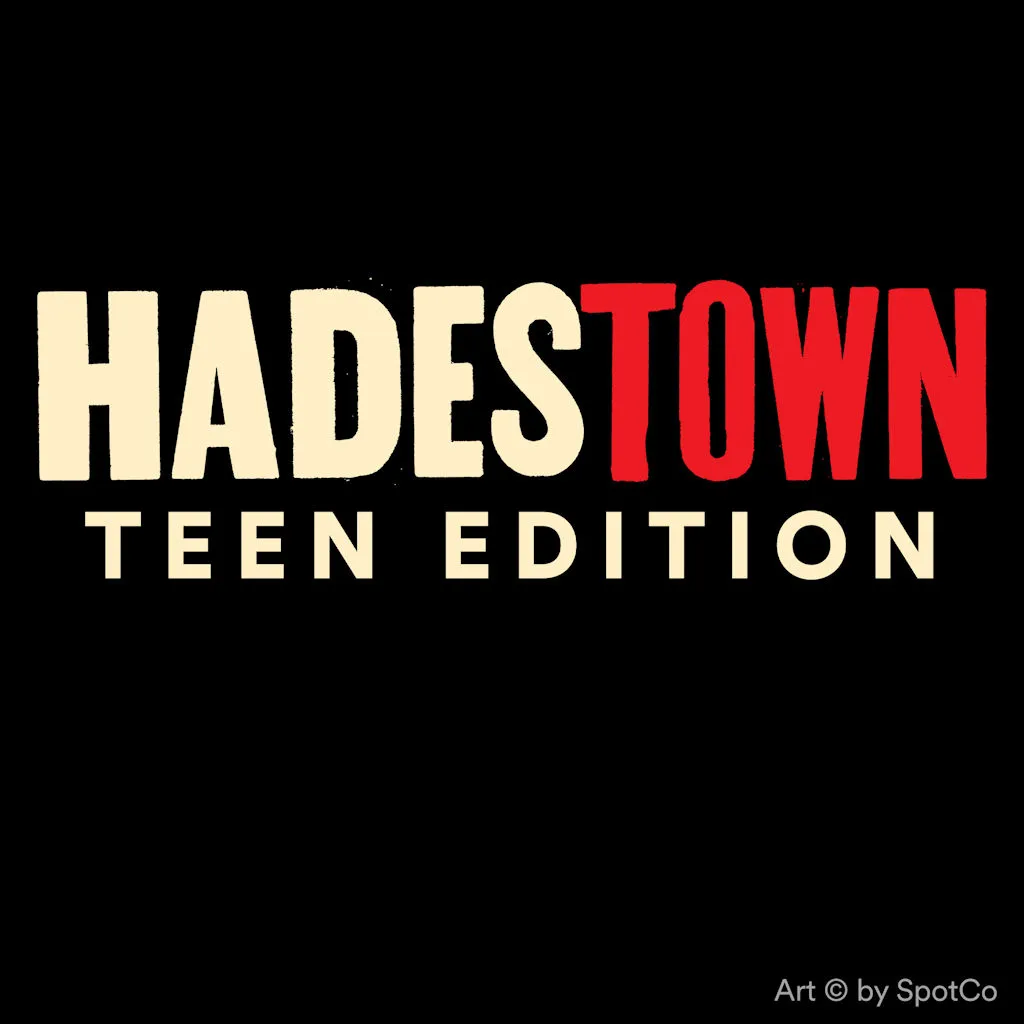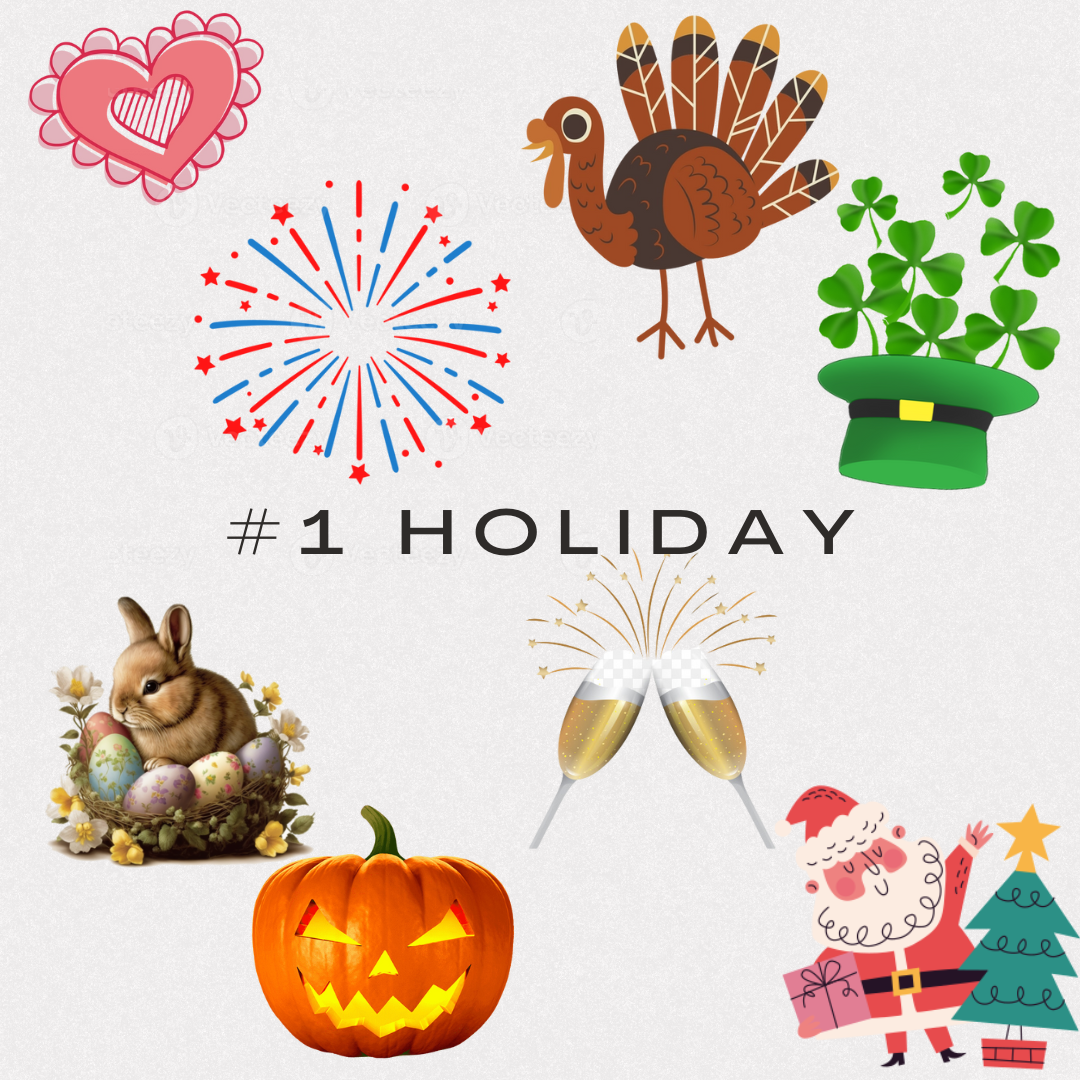Before we get into the poll results, let’s dive into the history of the holidays we’ve come to know and love.
I will dive into the history of Valentine’s Day, St. Patrick’s Day, Easter, Fourth of July, Halloween, Thanksgiving, Christmas, and New Years.
Valentine’s Day
Today, on Valentine’s Day, people share love with those close to them or with a lover. That love is shared through lots of chocolates, flowers, and of course, gifts! Nobody generally thinks about where it originated though and why it became a holiday. Although, its past can originate from both Christianity alongside ancient Roman traditions.

There are legends that state Valentine as a priest who served in the third century of Rome. At the time, an emperor named Claudius II believed single men were better soldiers compared to a soldier with family, resulting in him outlawing marriage for young men. Valentine found this unfair and chose to perform weddings in secret, against the emperor’s wishes. Once found, Valentine was punished with death. Others say that the holiday started from Saint Valentine of Terni, who was a bishop, was also killed. There are other stories that say Valentine may have been killed for helping Christians escape the harsh Roman prisons that beat and tortured them. Valentine, who was also imprisoned in this story, sent the very first “valentine” card to a woman that he fell in love with whilst in prison. This woman would visit him during his imprisonment, and was possibly the jailor’s daughter!

A completely different story says the Christian Church may have chosen to have the St. Valentines feast in the middle of February in attempts to Christianize the Pagan holiday known as Lupercalia. Lupercalia was a festival of fertility that was dedicated to a Roman God known as Faunus (it was also a festival for the founders of Luperci). During this festival the people gather in the cave where it was believed the founders were cared for, where they then sacrifice goats and dogs for purification. They would skin the goat and cut the hide into strips and gently slap both women and their crop fields with it for fertility.
St. Patrick’s Day

Currently, on St. Patrick’s Day, people wear green to not get pinched, and talk about a little Irish man dressed in green that goes around looking and leaving treasure and gifts for children. As you’d expect, it is an origin from Irish tradition.
Saint Patrick was known as a patron saint in Ireland who was originally born in Roman Britain. At 16 years old, he was kidnapped and brought to Ireland as a slave. Later on, once he had escaped, he brought Christianity to the people of Ireland.
In the 9th – 10th century, the people of Ireland had been observing the Roman Catholic feast day of St. Patrick which was on March 17th. The first St. Patrick’s parade was held in America, not Ireland! These St. Patrick’s Day parades were organized by a Spanish colony. Then, in 1772, Irish soldiers that served in the English military marched in New York to honor the Irish patron saint. Overtime, the holiday became increasingly more popular, which the Americans LOVED.
Easter
As most of you know, Easter is known as the date when the resurrection of Jesus Christ occurred on the third day of his Crucifixion. It has also been known for coloring eggs, candy, and small gifts from the Easter Bunny. There’s a lot more history to it than you’d think!
It has been said that in the 8th century, Easter had derived from Eostre, who was the goddess of spring and fertility. Christians observed the day of Crucifixion on the same exact day Jewish people had celebrated the Passover offspring. The Passover offspring was done on the 14th day of the first full moon of spring. Then, the Resurrection was observed 2 days later.
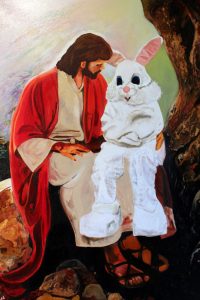
In the west, Jesus’s resurrection was celebrated on a Sunday, when Jesus had risen. Although, Easter had always been celebrated on the first Sunday after the 14th day of the month. Later on, to end the dispute of when to celebrate Easter, The Council of Nicaea had decreed Easter would be celebrated on the first Sunday following the first full moon after the spring equinox. This decision is why Easter can either fall on a Sunday between March 22nd through April 25th. There have been multiple attempts within the 20th and 21st century to make a specified date for Easter, but no specific date has ever been decided.
As the origin of the Easter Bunny and colored eggs originated from a German tradition where they said a bunny would carry colored eggs, candy, and sometimes toys in its basket to give to the good children.
Fourth of July
Fourth of July, also known as Independence Day, is a holiday we celebrate with fireworks, sparklers, barbecues, and parades in remembrance of our country’s history.
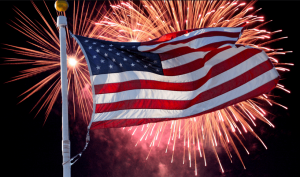
This holiday has been a federal holiday since 1941, but the history of this day goes way back to 1775, when the Revolutionary War broke out. At this time, the 13 colonies were being controlled by Great Britain, and no colonists had thought about becoming independent! Later on, in 1776, the ideal of becoming independent had grown immensely after Thomas Paine had published a pamphlet known as “Common Sense.” On July 2, 1776, the Continental Congress had voted in favor of having independence. Then, 2 days later, the 13 colonies made the Declaration of Independence which had been drafted by Thomas Jefferson. Since then, July 4th is known as the day to celebrate when we got our independence in America.
Halloween
On Halloween night, we dress up as characters and different things, going around with bags and collecting candy from every house on the block! At the end of the night, we can gobble up as much candy as we’d like! How did this tradition come to be though?

Surprisingly, the origins of Halloween date way back to the ancient Celtic Festival of Samhain, who was said to be ghosts of the dead that would return to Earth. During these celebrations, the Celts would wear the skins of different animals and tell each other’s fortunes. They would also build huge sacred bonfires, where they burned crops and animals as a sacrifice to the deities.
Over time, different countries had their own versions of this, with many different traditions, but how did this come to America? The beliefs of the American Indians and European ethnic groups meshed together, which created the earlier version of America’s Halloween. They would have “play parties” to celebrate the harvest while neighbors would tell fortunes, and talk about the dead. Borrowed from European traditions, Americans would dress up and go around asking for food or money from other houses. People would often play many tricks on others. (Does this sound familiar?) In the 1800’s, there was a move to make Halloween into a holiday for the community and for neighborly get-togethers instead of ghosts, pranks, along with witchcraft. Since then, Halloween has become more fun, focusing on food, candy, and festive costumes or activities. By the 20th century, Halloween lost a majority of its superstitious and heavily religious overtones, making it fun for everyone.
Thanksgiving
Today, we cook turkey and maybe even some ham with sides including potatoes, cranberry sauce, bread rolls, veggies, and often even more depending on the family! Everyone gets to appreciate this day and think about what they’re thankful for. Why did we create this delicious holiday though? Where did the ideas of turkey and feasts come about?

November of 1621 was the pilgrims first corn harvest that had been successful, so they organized a feast in celebration. They decided to invite a group of Native American allies, which had included Wampanog chief Massasoit. This feast day is what we consider the very first Thanksgiving. Although, this meal consisted of deer, corn, fish, porridge, etc. This first Thanksgiving meal was significantly different from what we eat today! Later in the year 1789, George Washington had issued the first Thanksgiving in the United States. Then, in 1817, New York became one of the first of several states that officially adopted the Thanksgiving holiday annually. 10 years later, Sarah Josepha Hale was an author who launched a campaign to make Thanksgiving a national holiday for everyone. Finally, in 1863, Abraham Lincoln agreed and heeded her requests. Thanksgiving was then scheduled to be celebrated on the final Thursday in November until 1939, when Franklin Roosevelt moved up the holiday by a week to have a spur in retail sales during the Great Depression. In 1941, the president had chosen reluctantly to sign a bill, making Thanksgiving on the fourth Thursday in November.
Today, the celebration of Thanksgiving lost much of its original significance in religion, but focuses on a bountiful meal with family and friends with turkey at the center.
Christmas
For most, Christmas is known as a day full of presents, family and friends, lights, ham dinner, etc. Christian religion celebrates this day to appreciate the day Jesus was born as well.
Before the birth of Jesus in the Christian religion, the middle of winter had already been a time of celebration for centuries. The Europeans would celebrate light and birth in the darkest days of winter. Once the worst was over, they would be overjoyed. Although, in Rome, the winters were not as harsh, so they would celebrate “Saturnalia” which was a holiday that honored Saturn, the god of agriculture.
In the early years of Christianity, Easter was the general holiday that was celebrated, and they generally didn’t celebrate the birth of Jesus, which was decided by the church officials. The Bible does not mention any specified date of Jesus’s birth, and there have been studies and evidence that says he was likely even born during the spring time. That being said, Pope Julius I chose to celebrate his birth on December 25th to absorb some of the traditions of the Pagan Saturnalia festival.
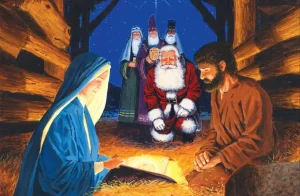
Further on, in the 19th century, Americans began to embrace Christmas! It became more of a family-centered day with peace. People often looked towards Catholic and Episcopalian churches to see how Christmas should be celebrated. Over the next 100 years, Americans built a Christmas tradition to be surrounded by decorated trees, holiday cards, along with gift giving. In a sense, Americans had re-invented the holiday to fill the cultural growth of the growing nation. Now what about Santa Claus? Why did he become the center of Christmas for children? Well, it is said that a monk named St. Nicholas was born in Turkey around 280 AD. He gave away his wealth in order to help the poor and sick people. St. Nicholas was then known as the protector of children and sailors. Eventually, in the late 18th century New York, Dutch families would gather to honor the death of Saint Nicholas.
There’s a story that most of us know that is related to Christmas and or Santa Claus. This story came from a Episcopal Minister named Clement Clarke Moore who had written a poem called “An Account of a Visit from St. Nicholas.” If that name doesn’t ring a bell, then maybe you’d recognize the first line of the poem that goes, “Twas The Night Before Christmas.” This poem was written in 1822, and depicted Santa Claus as an incredibly jolly man who flew home to home on a sled that was steered by reindeer to deliver toys to the world. This iconic version of Santa became more idolized in 1881.
New Years
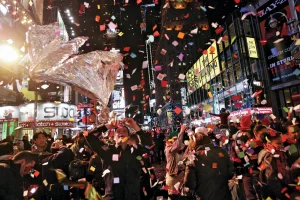
New Years celebrations have gone on for centuries, with parties, snacks and food, fireworks, and lots of family and friends to hang with as the year shifts into a brand new one.
The earliest records of people celebrating the new year can date back to 2,000 BCE in Mesopatamia. At this time, their new year began with the new moon after the vernal equinox. Different religions and cultures using a lunar calendar continued to observe the beginning of the year on days other than January 1st. In 1582, Pope Gregory XIII had created a revised calendar that officially established January 1st as New Years Day. The Pope had made this calendar this way in honor of Janus, who is the Roman God of beginnings and whose name is partly in the first month of the year, January.
I asked a total of 50 people what their favorite holidays are. This includes family, friends, teachers, and random students around the school.
Here’s the results:
I was not very surprised with these results. As expected by most, Christmas is on top, as most people stated they loved the holiday cheer, lights, snow, receiving or giving presents, and spending time with family.
On the other hand, people who prefer Halloween love the scares and creepiness of the holiday, giving them a sense of rebellion and fun.
Then in 3rd place, people seemed to appreciate Thanksgiving simply because of the food, saying they were excited for their family gatherings and to enjoy a great feast.
Fourth of July and Easter were tied, each having one vote. Fourth of July got a vote, with the person saying they loved the fireworks. Easter on the other hand, was appreciated because of spring coming around, with the flowers blooming and trees thriving.
For the rest of the holidays that didn’t get votes, people generally said on Valentine’s Day, they didn’t have a significant other, St. Patrick’s Day is boring and pointless, and New Years just wasn’t super interesting and is simply the start of a new year, nothing more.




